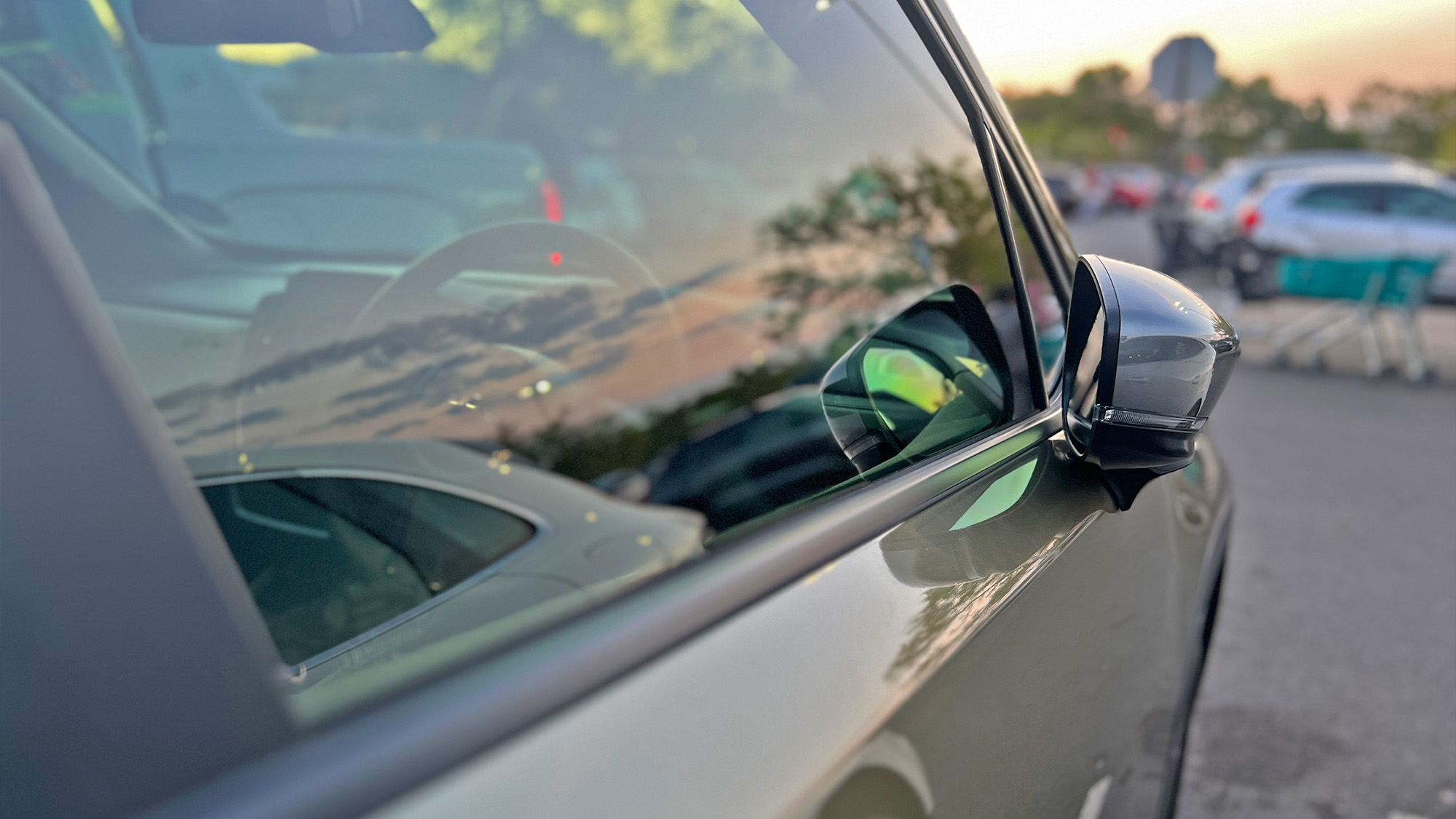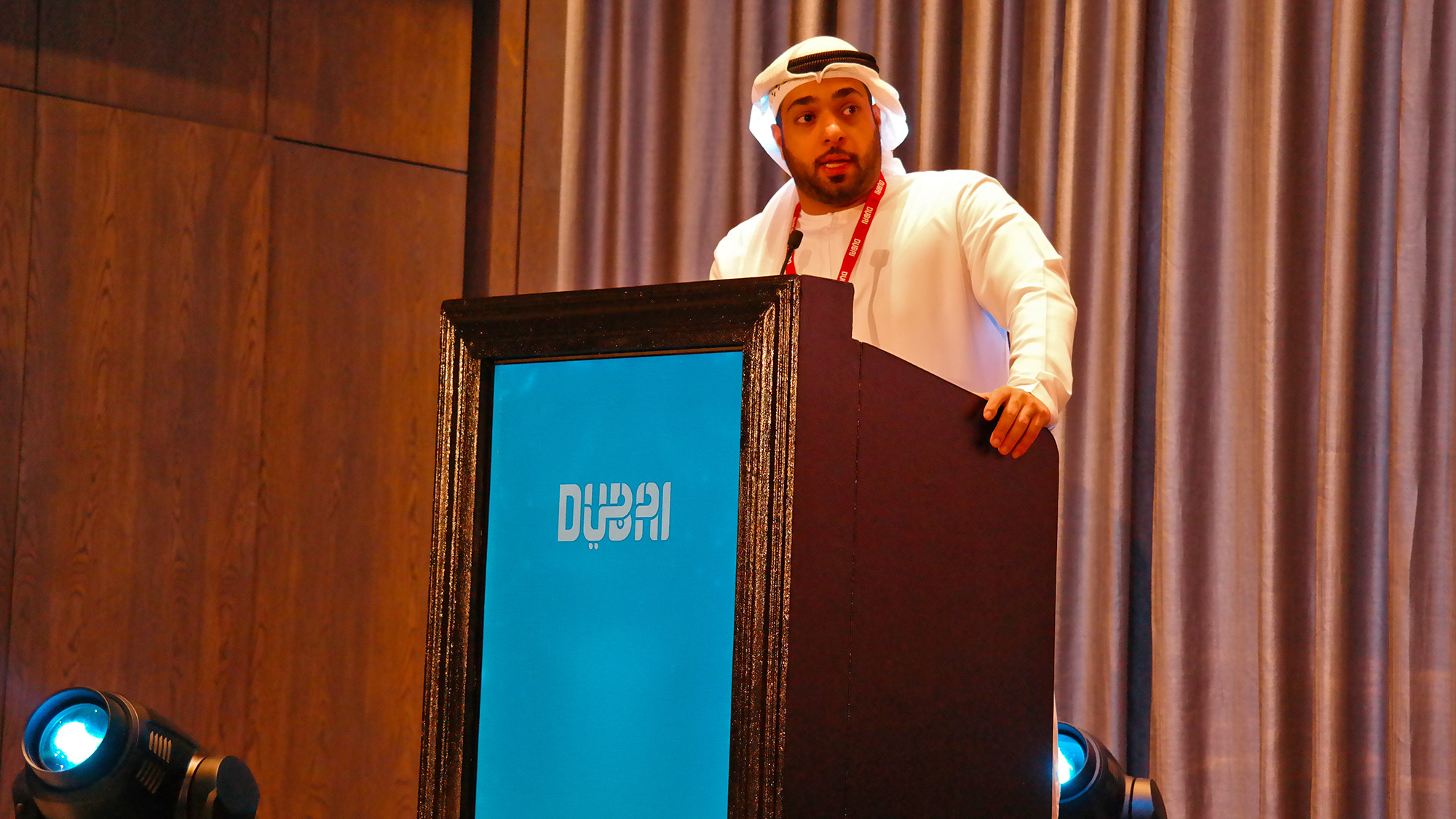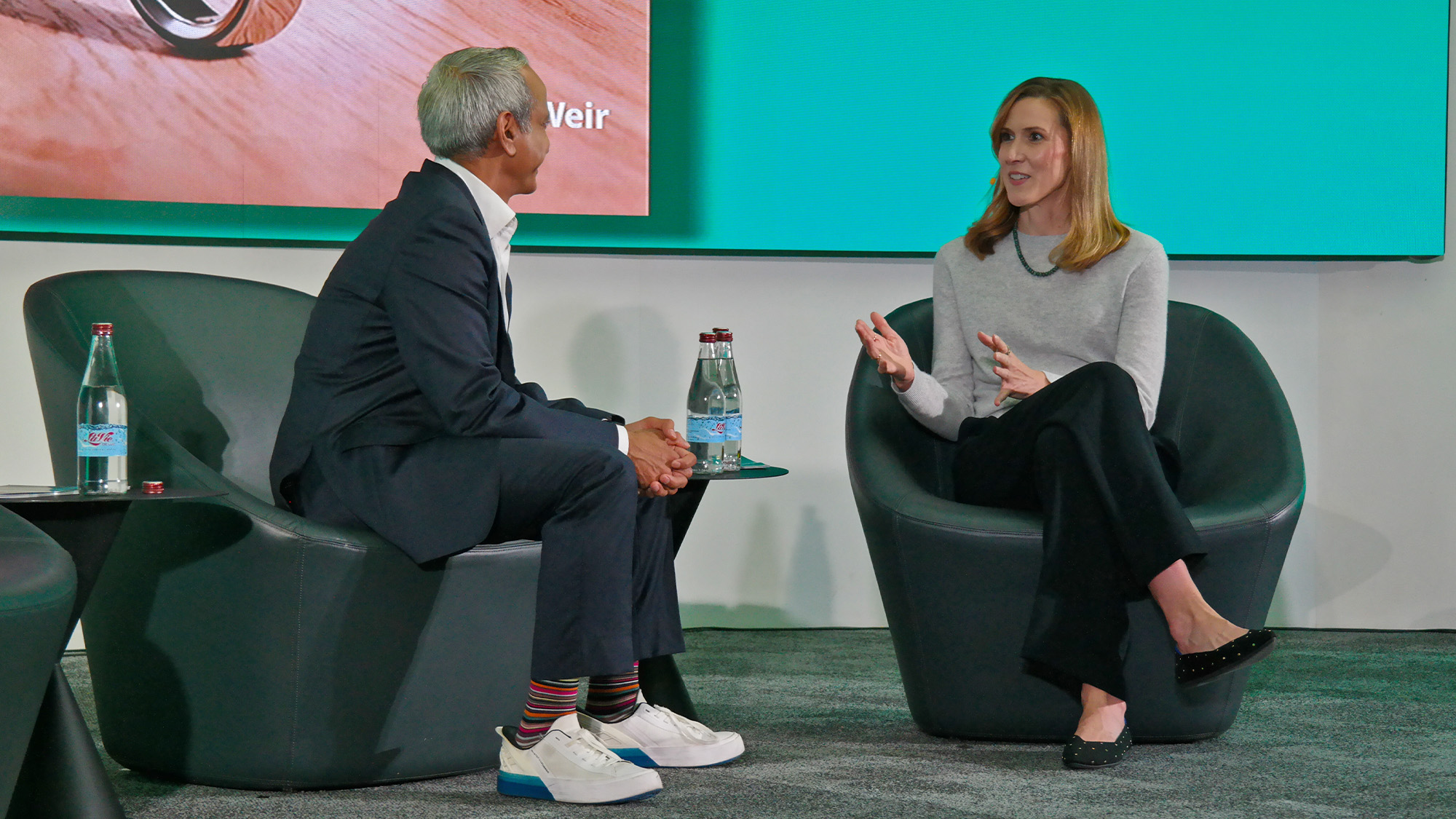In 2010, Uber embarked on a mission to transform how people access rides with the tap of a button. Now, a decade later, Uber reflects on its journey in South Africa, celebrating not just a milestone but a legacy of over 1-billion trips that have reshaped the country’s urban mobility landscape.
- Uber has become an integral part of the South African transportation ecosystem, serving over 80% of the urban population in nearly 30 cities.
- The platform has not only revolutionized the way people move but has also created more than 1-million economic opportunities.
- As Uber marks its 10-year anniversary in South Africa, the company shared intriguing insights into the local riders, drivers, and eaters.
- Visit www.sandtontimes.co.za for more stories.
There was a time before Uber and then there was a time when life without Uber was unthinkable; if its ordering a ride for an epic night-out or getting your favourite take-out meal delivered to your door, the world of Uber has become integrated into urban social life in one way or another. Celebrating its 10th Anniversary in South Africa this week, Uber brought together key media and stakeholders to share some intriguing statistics and hot new developments.
From the most popular drop-off destination being OR Tambo International Airport to the most generous tipper contributing a whopping R8’816, these statistics paint a vivid picture of Uber’s impact on the South African landscape.
The data also reveals interesting patterns, such as the most popular time to request a ride (2pm), the most common items lost (keys and phones), and the top 3 nationalities with the highest number of trips (American, British, and German travellers). Notably, Fridays emerge as the most popular day to travel, showcasing Uber’s role in shaping South Africa’s dynamic lifestyle, and the most kilometres travelled by a single rider is 813.35km. The staggering statistic of moving people equivalent to filling Soccer City stadium over 78 times demonstrates the scale of Uber’s impact on South Africa’s transportation landscape.
To commemorate its decade-long journey, Uber South Africa unveiled a series of innovations and expansions. The launch of the country’s first electric mobility product represents a significant stride towards Uber’s global goal of achieving a zero-emission platform by 2040. The electric vehicles for Uber Package, initially available in Cape Town, signals a commitment to sustainability and aligns with the broader initiative to transition the Uber Package fleet to be fully electric.
Uber introduced Uber Store Pick-Ups, empowering users to book a delivery person for prepaid item collection from any store. This new feature enhances convenience and flexibility for users while reinforcing Uber’s role as a versatile mobility platform. Expanding its service offerings, Uber introduced Uber Van to Cape Town and extended Uber Black, its luxury rideshare, to Durban. Additionally, the Reserve Airport Pickup feature has been added for UberX, Uber Comfort, and Uber XL rides.
Uber Eats, the on-demand food delivery arm of Uber, unveiled Uber Live, a mobile ordering solution enhancing the user experience at large events. Whether in an airport, sports stadium, concert venue, or music festival, Uber Live allows users to enjoy their favourite meals without the hassle of long queues, adding an extra layer of convenience to the Uber Eats experience.
Nakampe Molewa, General Manager of Uber Eats Sub-Saharan Africa, expressed excitement about Uber Live, emphasizing the platform’s dedication to creating opportunities for consumers through technology. The move aligns with Uber’s broader mission to innovate and enhance the overall user experience, ensuring that technology not only meets but exceeds consumer expectations.
As Uber South Africa looks back on a decade of disruption, the company continues to evolve, pushing the boundaries of what is possible in urban mobility.
Stand a chance to WIN with The Sandton Times.
Advertise on The Sandton Times today!
Head back to The Sandton Times Home Page for more stories.

![sandton-times-uber-10-years-south-africa-[2000×1125] Uber](https://sandtontimes.co.za/wp-content/uploads/2023/11/sandton-times-uber-10-years-south-africa-2000x1125-2.jpg)











